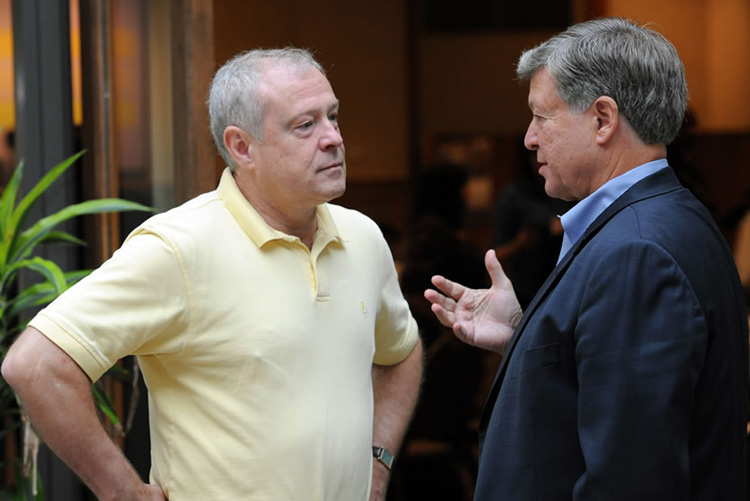
de·sire
noun: desire; plural noun: desires
- a strong feeling of wanting to have something or wishing for something to happen.
“a desire to work in the dirt with your bare hands”
synonyms: wish, want, aspiration, fancy, inclination, impulse
You know what desire feels like. You WANT to DO something. It could be impulsive, or it may happen over a long period of time. I have to laugh at myself on this subject, because I have learned that if I don’t make myself think about things I desire I will, more often than not, take action and make a mistake.
Like on the subject of electronics. I love gadgets. So I will see an ad or read a review on some new thing that has come out and I desire to have it. Like a drone. I would love to buy a drone. Do I need it? Nope. But it would be so much fun to have that drone up in the sky and, via the camera, be flying around looking at stuff. It’s the closest I can get to being like a bird – I would love to be able to fly. So much fun. My desire grows. But if I wait, I can get the desire under control. So I still don’t have one. (Although I still want one.)
Or I see an injustice. Like the killing of elephants for their tusks. Or the woman who has suffered abuse. Or the abandoned child. Desire. It grows within me. I want to DO something. I HAVE to do something. See what I mean?
What do you desire? Think about it and analyze it. Get in touch with it to see how it feels.
Desire happens when there is a confluence of need and a possible satisfier of that need. There’s the need and the person, either consciously or sub-consciously, looks to satisfy it. It is deep within. The need and the satisfier are almost like magnets. They are searching each other out. And when they find each other, BAM! There is a connection.
So far, in this journey about steps toward getting meetings with donors, we have talked about helping your donor become aware of everything you do that matches his interests and passions. Then I have written about the need to be sure you identify the interest the donor has – the specific interest, and the motivation behind that interest. So this is where we are now, and where we start on the subject of creating desire.
 First of all, remember that your goal is to find a program or project that matches the donor’s interest and its related motivation. It might not be a perfect match, but it needs to be close. OK, you found it. Now here is what you do:
First of all, remember that your goal is to find a program or project that matches the donor’s interest and its related motivation. It might not be a perfect match, but it needs to be close. OK, you found it. Now here is what you do:
- Begin a steady stream of touches and communication that talks about the need that matches the donor’s interest. This is a way of bonding with the donor on the same need he or she is concerned about. This is a way of letting the donor know that you and the organization KNOW what the need is, and that you care about it as much as the donor does. You know what it feels like when you run into someone who has the same interests as you. There is something magical that happens. You feel an attraction. You feel a connection. You feel understood. That is what you are trying to accomplish in this step. And by “steady stream” I mean a natural cadence of communication that, in essence, puts the NEED of the cause in front of the donor. This could be an email, a letter, a link to a video, a newspaper clipping from some media report on the need, an internal paper outlining the need, etc. Be sure that what you are sending is compelling need. It must describe need in human and emotional terms. Tell stories to convey the need.
- At the right time, start introducing the program or project that matches the donor’s interest. This, again, could be an email, a letter, a link to a video, a newspaper clipping from some media report on that project or program, an invitation to an event where that project or program is highlighted, etc. Let me define what I mean by “at the right time.” The right time is when the donor starts to engage with you on the first point above, where you are sharing the need. It might be a simple response to your email that says: “I totally agree. It’s terrible what is happening. Thanks for doing something about it.” Or you may be talking on the phone and the donor says: “Hey, appreciate all that stuff you’re sending me. Such good work!” Or it could be a note that, essentially, says the same thing. It is a response of some sort that indicates the donor is on the same page as you. This may take time. But when it comes you will know it, and that is when you take the next step…
- Now introduce your organization’s solution. As Jeff and I have said before, your solution must be believable. So be sure it is. You are telling the donor what the organization is DOING about the need. This is not an ask yet. So hold on. You are simply telling the donor about how you are addressing the need. And you are telling stories of lives changed, an estuary saved, the poaching of extinct animals halted, the child rescued, etc. Be sure that when you are talking about the solution it is not just head information. It must be compelling as well.
If you do these three things well, you will be well on your way toward creating desire. Why? Because the donor is receiving the precise information she needs to satisfy that hunger that is in her spirit and heart. That is getting her attention, and she is turning toward you.
The good thing about this is that you have done all of this with integrity and without manipulation. You have simply shared what your organization is doing in her area of interest. My next post will talk about engaging the donor. Stay tuned.
Richard
Series details:
- Introduction to series: Five Relationship Steps to Get Meetings
- Step 1: Creating Awareness
- Step 2: Identify Interest
- Step 3: Creating Desire (this post)
- Step 4: Cause Engagement
- Step 5: Get Commitment







0 Comments